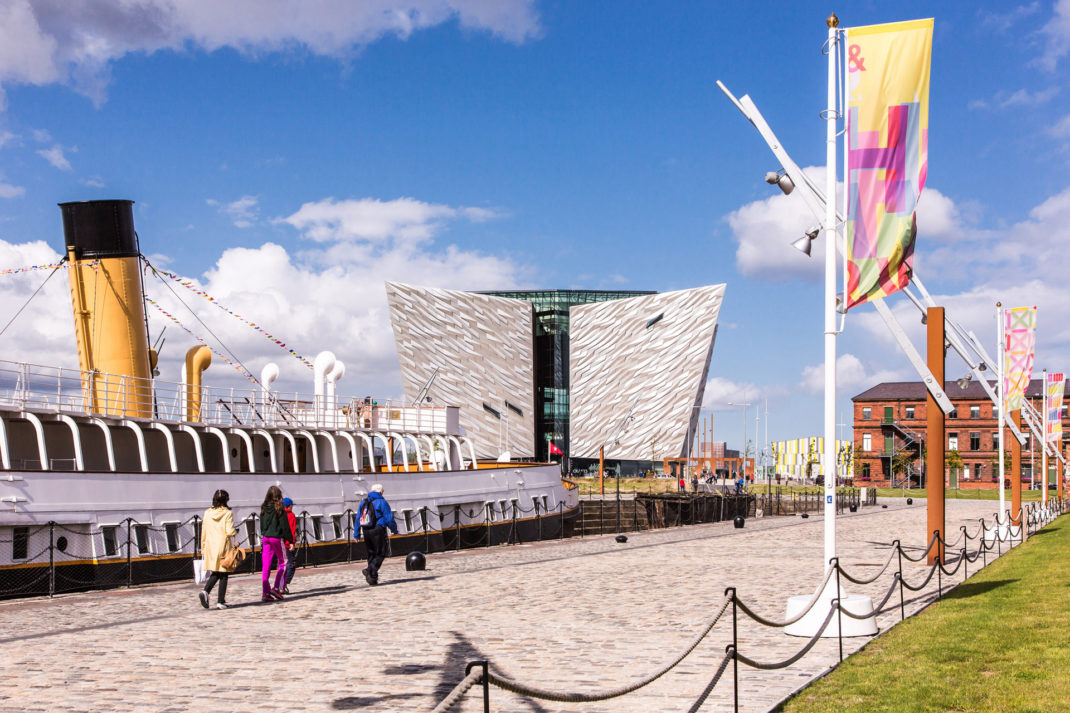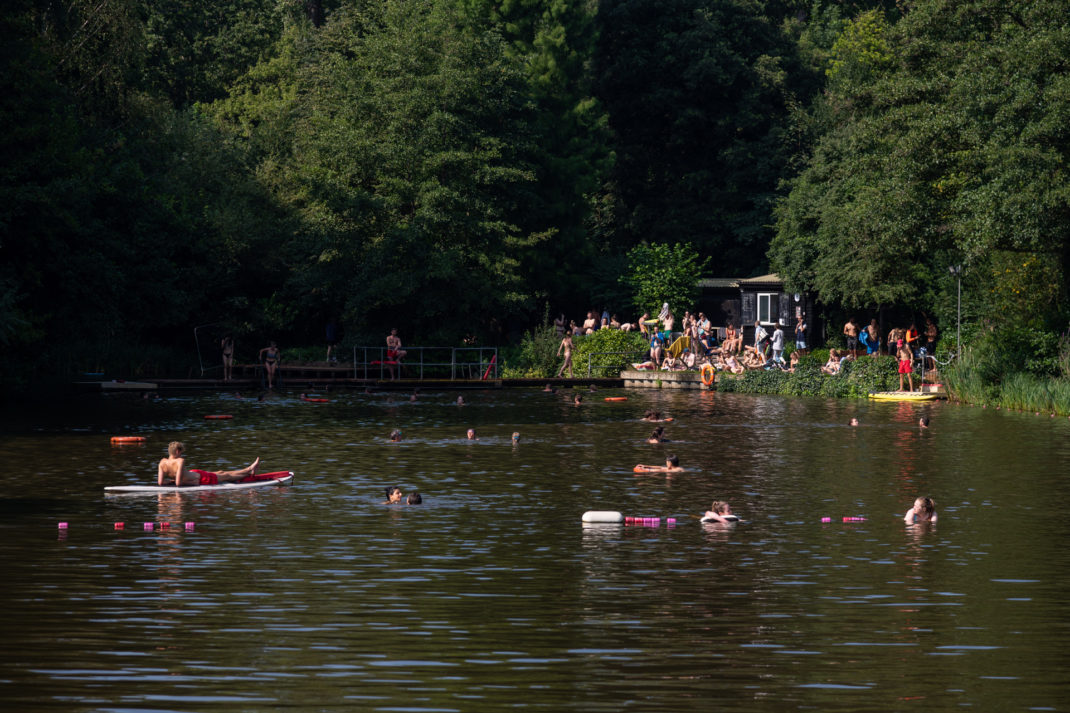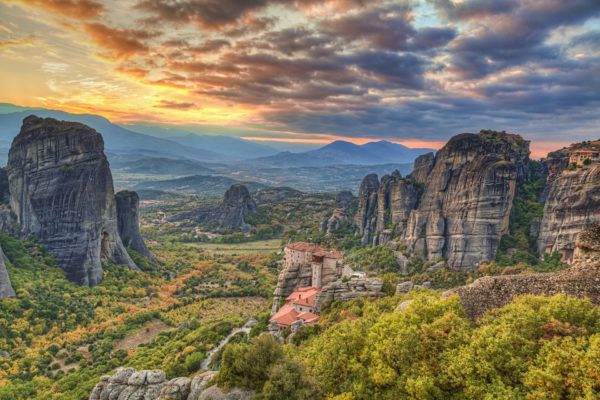Halo Space Announce Commercial Trips Into The Stratosphere From 2025
By
3 years ago
One giant leap for Brits abroad
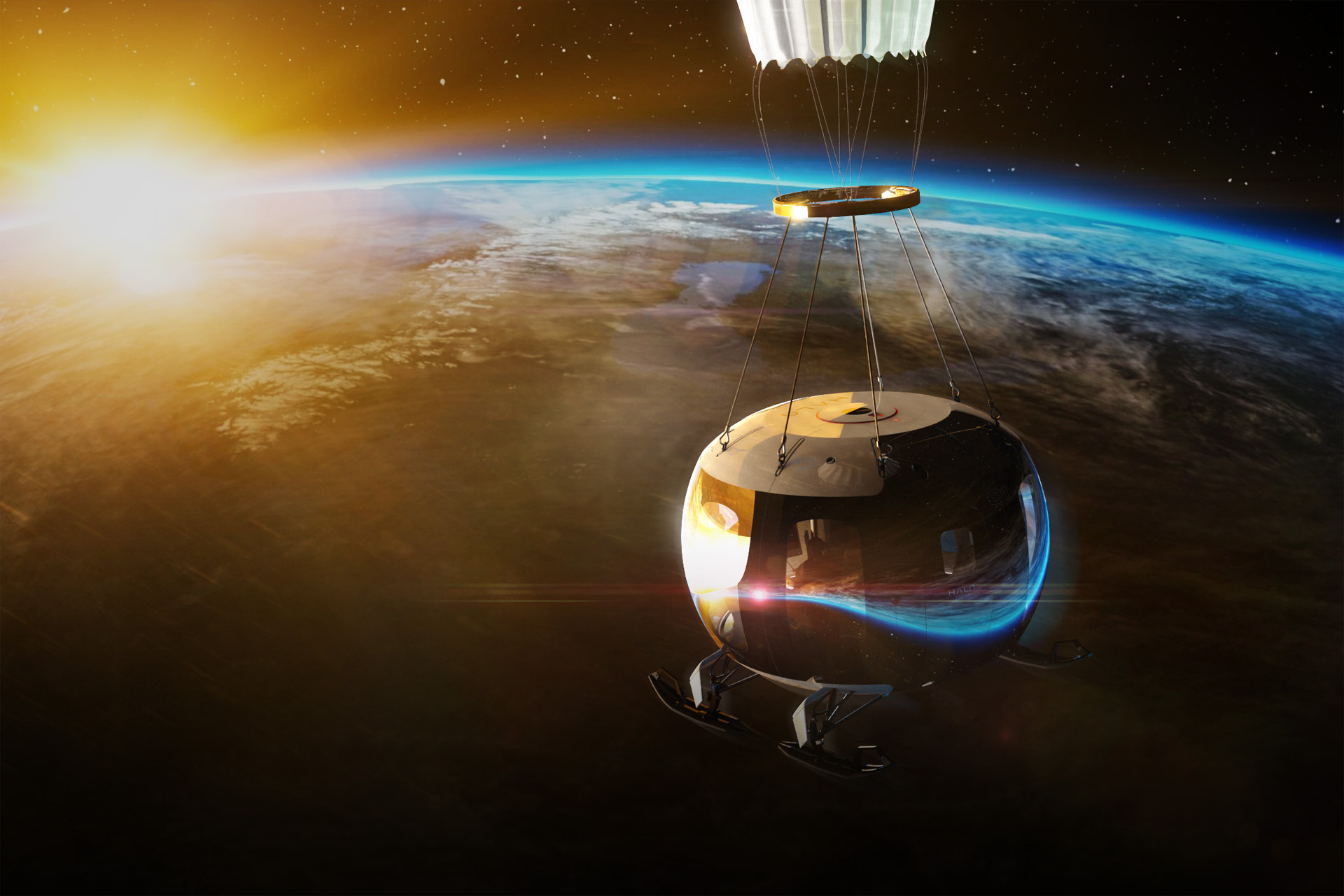
The time has come: the age of space tourism is creeping into the foreseeable future – 2025 to be precise. Halo Space, a global space tourism travel company, has today announced their first test flight will occur this winter ahead of commercial flights commencing as soon as 2025.
Read the C&TH Responsible Tourism Guide
Halo Space Announce Commercial Trips Into The Stratosphere From 2025
Going where no man has ever gone before? Not quite. But HALO Space have announced concrete plans regarding the final tourism frontier: to send tourists into space.
Created by the Arthur D. Little consulting firm, HALO is a budding adventure tourism company with plans to send space balloons into the stratosphere. HALO has scheduled its first test flight for December, which will see their space capsule – featuring panoramic windows allowing for 360-degree views of space and Earth – sent 40 kilometres above Earth, carrying eight passengers and a pilot.
The first test flight will launch from the Tata Institute for Fundamental Research (TIFR) in India. A second test flight is scheduled for the end of the first quarter of 2023 from Madrid, Spain, ahead of plans to commence commercial trips in 2025.
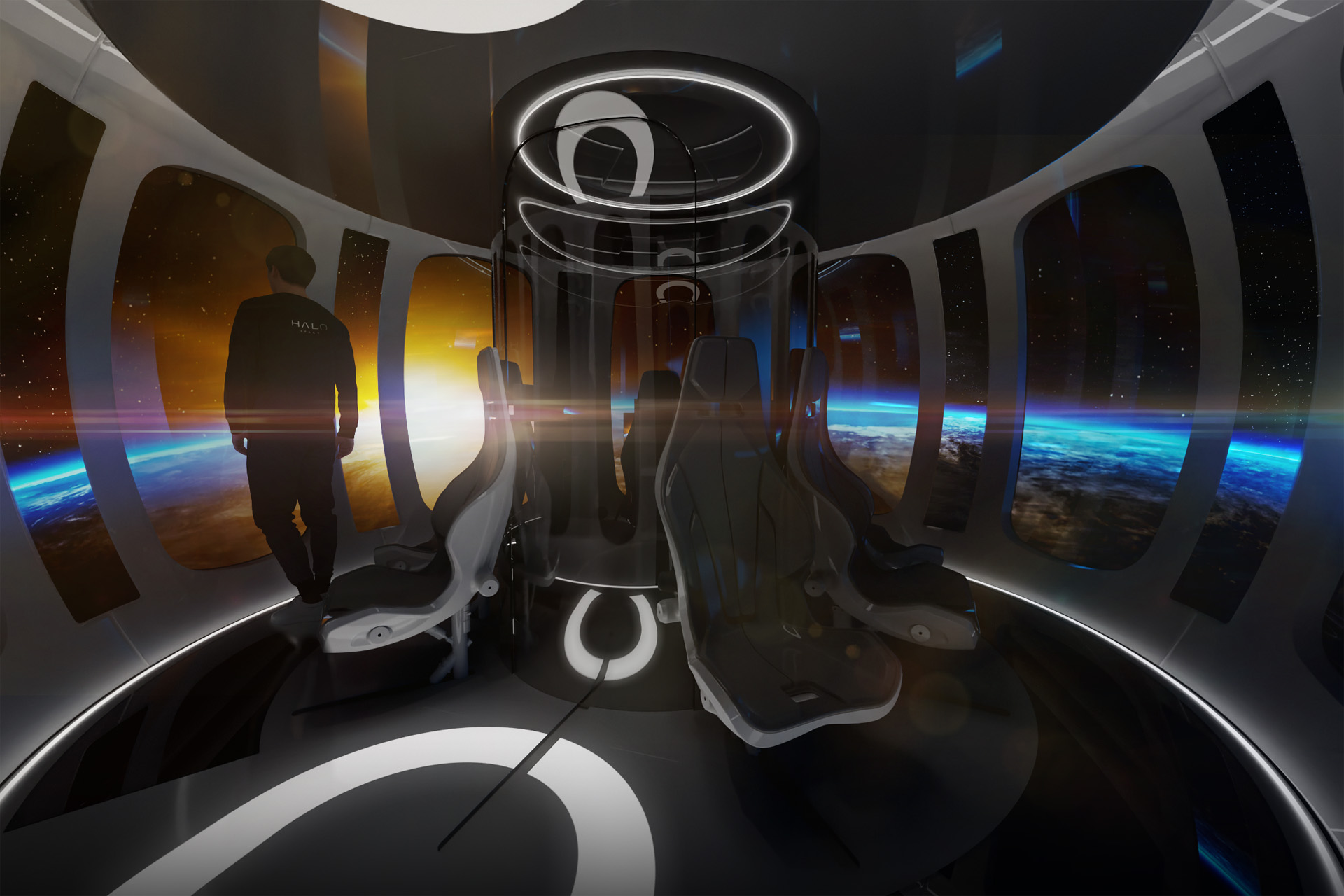
A CGI mock up of inside the pod.
The test flight news was announced alongside HALO’s plans to, by 2029, host 400 trips into the stratosphere every year (totalling approximately 3,000 passengers), from flight bases set across four continents. Flights are anticipated to cost between €100,000–200,000 (approximately between £87,500–175,000), though HALO claim their ultimate vision is ‘to make space travel accessible to all’. Better still, the flights will be zero emission and carbon free.
‘Our priority from day one has been technical and operational excellence,’ said Carlos Mira, CEO and founder of HALO Space. ‘Over the past 12 months, we have worked with the best and most experienced companies in the aerospace industry to leverage existing, proven, and safe technology.
‘The team is very pleased with what we have achieved in this first year,’ Mira added. ‘But we are even more excited about where we are headed: taking thousands of passengers to the edge of space in a life-changing experience up to 40 kilometres above the Earth.’
Mira, along with Chief Technology Officer Alberto Castrillo, has gathered a a consortium of top-level aerospace companies (including CT Engineering Group, Aciturri, GMV and TIFR Balloon Facility) to develop the flight programme.

A HALO Space pod landing in the desert.
Castrillo comes with 40 years of experience at Airbus Group, where he held executive roles in the engineering and production of four different aeroplane models. He believes this experience is what sets HALO apart from competitors. He said: ‘Working with such an experienced group of companies and leveraging existing, tried-and-true technology has allowed us to move fast while ensuring the highest safety standards are being applied in every step of the program development, and we are now ready to begin our test flights.’
Founded only last year, HALO Space has raised €3 million in pre-seed and seed funding, with hopes of becoming the global frontrunner in space tourism. One Swiss investment bank, UBS, has predicted that space tourism will become a $3 billion business over the next decade.
The recent uptick in space tourism interest and proposals has split the industry into three categories: Orbital, which involves circling the planet at high speed while staying in orbit, at an altitude higher than 300 kilometres, currently commercialised with tickets costing up to $50 million; Suborbital or Parabolic, which is like a space jump and involves a rocket (containing less than 10 passengers) arcing to reach an altitude of 60–110 kilometres before beginning its descent; and Near Space, which HALO falls into.
Images courtesy of HALO Space.

